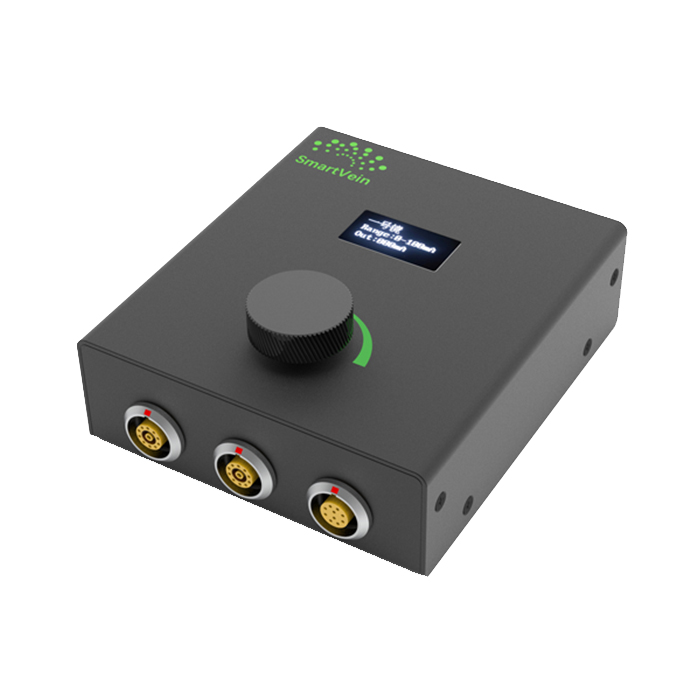In the ever-evolving landscape of healthcare, precision medicine has emerged as a cornerstone of modern treatment strategies. This approach tailors medical interventions to the individual characteristics of each patient, promising more effective and personalized care. At the heart of this revolution lies medical imaging equipment, which serves as an indispensable tool for diagnosing, staging, and monitoring diseases with unprecedented accuracy.

Core Selling Points of Medical Imaging Equipment
1. Advanced Visualization for Early Detection
Medical imaging technologies, such as MRI (Magnetic Resonance Imaging), CT (Computed Tomography), and PET (Positron Emission Tomography), offer high-resolution images of the human body. These images allow healthcare professionals to detect abnormalities at their earliest stages, significantly improving treatment outcomes. For instance, MRI scans can pinpoint minute changes in tissue structure, aiding in the early diagnosis of conditions like cancer, neurological disorders, and musculoskeletal injuries.
2. Personalized Treatment Planning
The detailed anatomical and functional information provided by medical imaging equips doctors with the precision needed for tailored treatment plans. In oncology, for example, 3D reconstructions from CT scans enable surgeons to plan tumor removal with minimal invasion, preserving surrounding healthy tissue. Similarly, functional MRI (fMRI) and diffusion tensor imaging (DTI) play crucial roles in neurosurgery, guiding procedures that minimize risk to critical brain regions.
3. Real-Time Monitoring and Response
Medical imaging is not just about diagnosis; it also supports ongoing patient management. Techniques like interventional radiology and intraoperative imaging allow for real-time assessment during procedures, enabling immediate adjustments to treatment plans. This capability is particularly valuable in complex cases, such as heart surgeries or stroke interventions, where quick decisions can mean the difference between life and death.
4. Innovations in Molecular Imaging
Recent advancements in molecular imaging have further extended the capabilities of medical imaging equipment. By visualizing biological processes at the molecular level, these technologies offer insights into disease mechanisms and responses to treatment. Molecular imaging techniques, such as PET-CT and SPECT (Single Photon Emission Computed Tomography), are instrumental in personalizing therapies for cancer and other conditions by assessing metabolic activity and receptor expression.
Highlighting Key Features
Enhanced Diagnostic Capabilities
1. Multi-Modality Imaging: Combining data from different imaging modalities (e.g., PET-MRI) enhances diagnostic accuracy, providing a comprehensive view of a patient's condition.
2. Artificial Intelligence (AI) Integration: AI algorithms analyze imaging data to detect patterns and anomalies that may be missed by human observers, further refining diagnostic precision.
Patient Safety and Comfort
1. Low-Dose Imaging: Advances in technology have led to the development of low-dose CT scans and MRI sequences, reducing radiation exposure and enhancing patient safety.
2. Comfort and Accessibility: Innovations in imaging equipment design, such as open MRI machines and portable ultrasound devices, cater to a wider range of patients, including those with claustrophobia or limited mobility.
Cost-Effectiveness and Efficiency
1. Streamlined Workflows: Automated image acquisition and processing workflows reduce examination times and improve clinic efficiency.
2. Telemedicine Integration: Cloud-based imaging platforms facilitate remote consultations and second opinions, broadening access to expert care while optimizing resource utilization.
Conclusion
SmartVein Medical Technology's medical imaging equipment stands at the forefront of the precision medicine era, driving forward the integration of diagnostics, treatment planning, and patient management. As technology continues to advance, with innovations in AI, molecular imaging, and patient-centric design, the role of medical imaging will become even more pivotal. By embracing these advancements, healthcare providers can ensure that patients receive the most effective, personalized care possible, paving the way for healthier outcomes and improved quality of life.
www.smartveingroups.net
SmartVein Medical Technology
